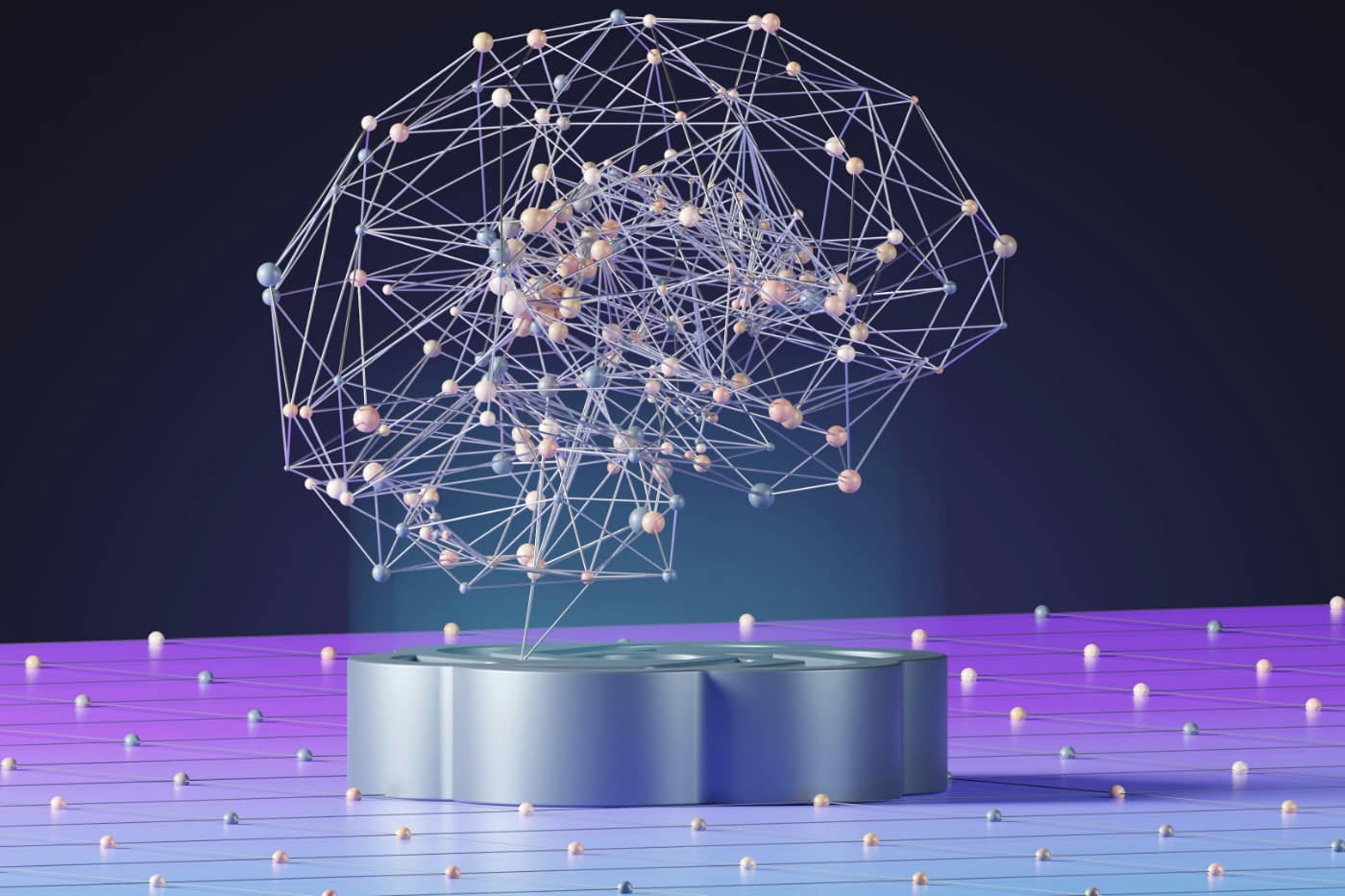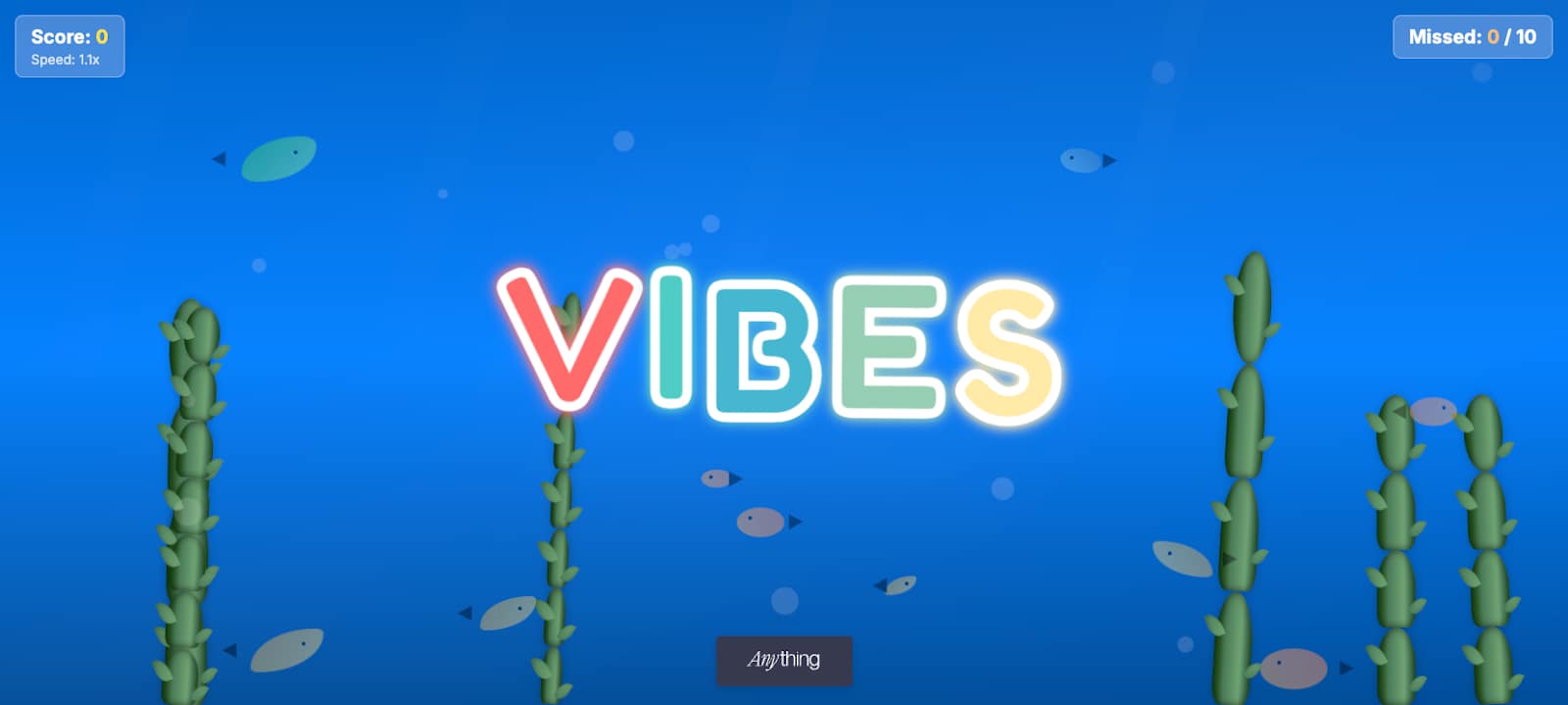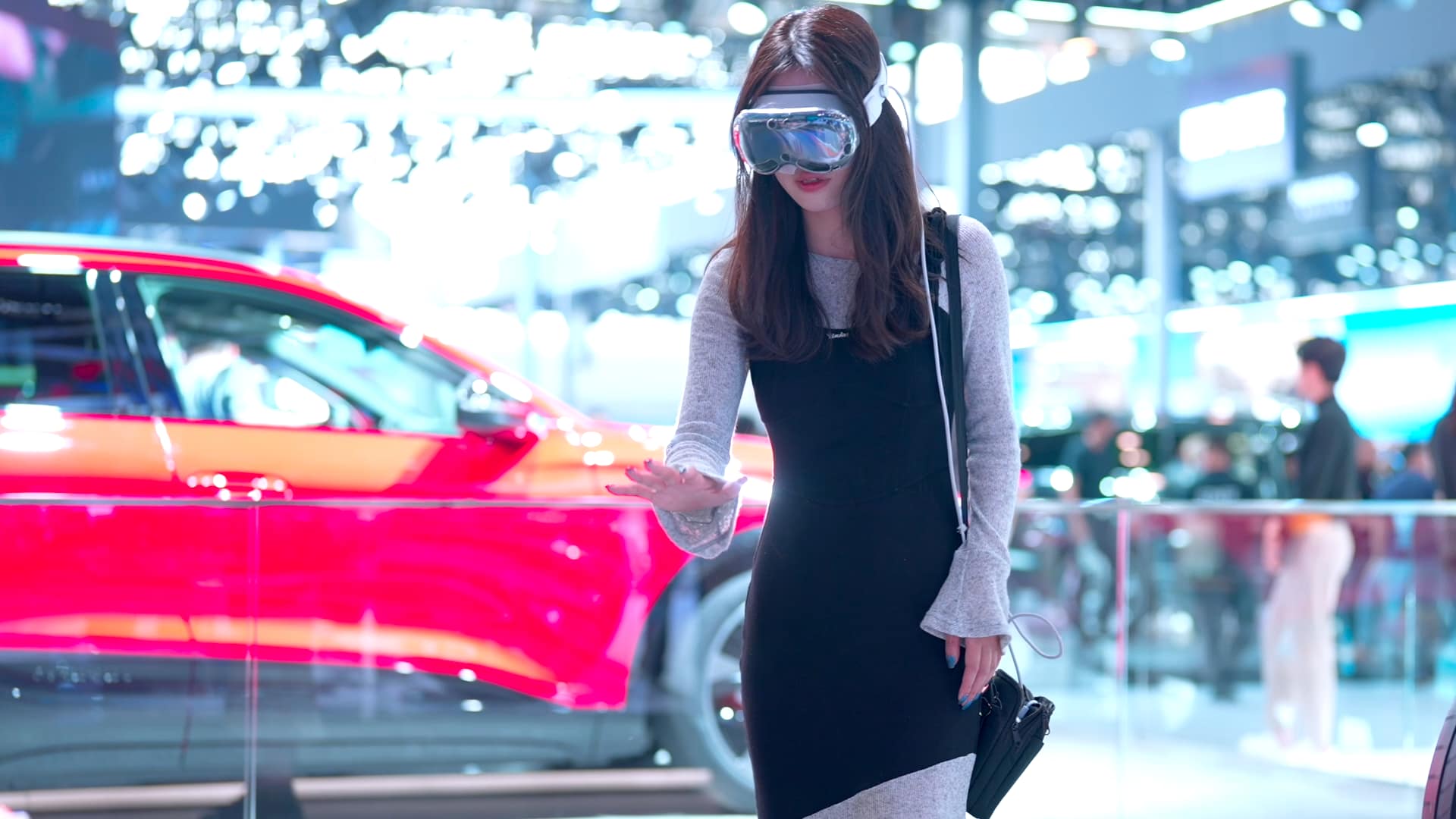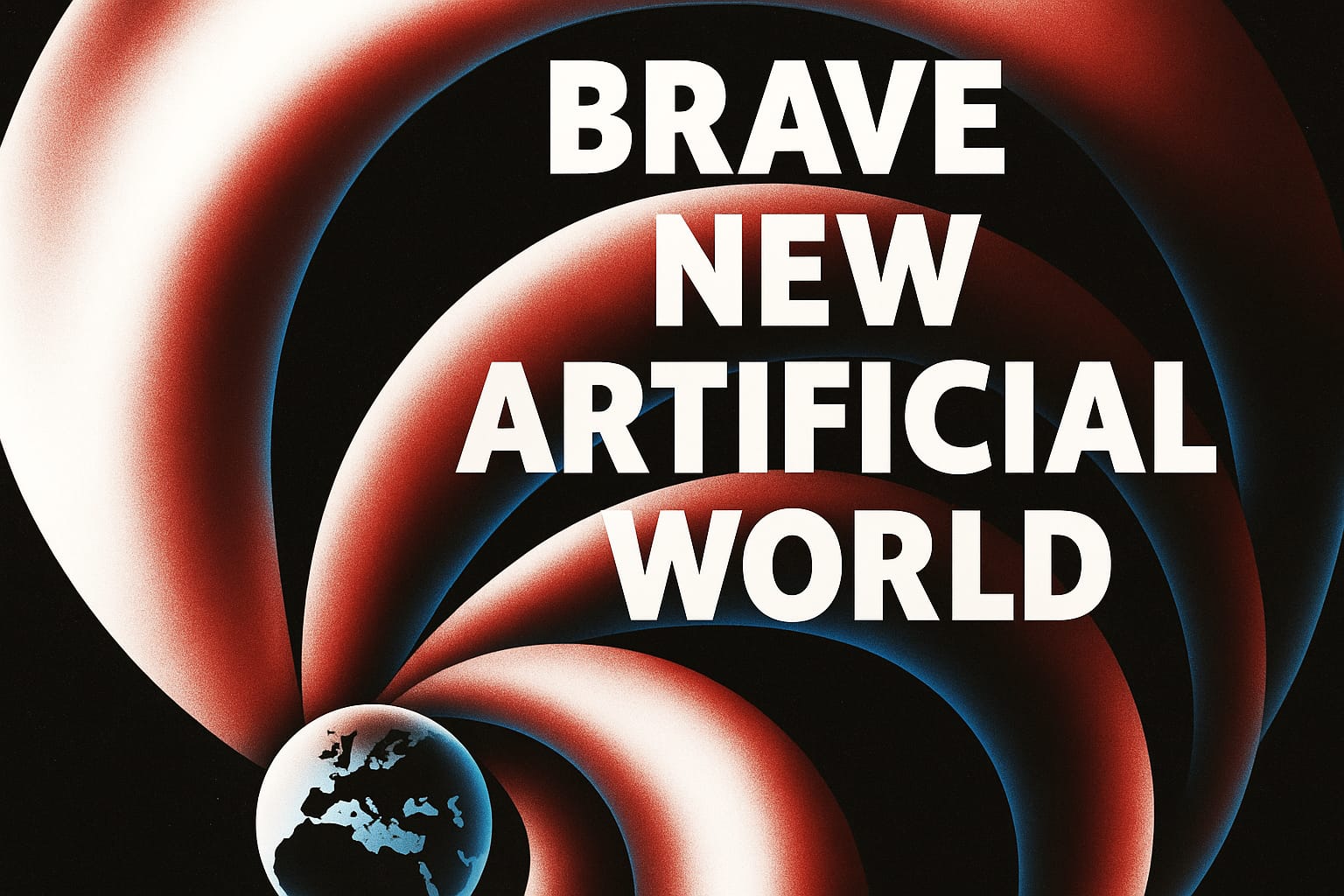
This article first appeared in Campaign Middle East written by, Zac Gould, Creative Director from our Dubai studio.
You type: “Design me a stand – of these dimensions, with these specs, and in these specific camera views” and like magic, it appears before your eyes. Thousands of hours are reduced to a few seconds. Entire teams are reduced to a few keystrokes.
If only it were that easy. The advent of artificial intelligence within the creative industry has brought forth new paradigms in process and output – but the need for a human mind and creative input has never been more paramount.
Rather than leaving the Midjourneys of the world to run uncontrollably, human creativity is needed to guide unruly machines to bend to our needs and wants as agencies, clients and brands.
We have seen new skills, and with it, skill gaps, appear in the ‘speech’ of these AI systems; asking an image generator to get you anything is one thing – but asking it to give you a precise visual, with a specific tone, style and camera view you want, is another.
Here are three considerations for agencies working with AI to respond to client briefs:
Sketching has never been more relevant
Rather than thinking that sketch and concept artists have no place in the creative process anymore – we believe their importance has skyrocketed with the integration of AI-enabled tools.
With tools such as PromeAI, we have found we get better results and more accurate representations of our strategic and creative concepts when we retain control over the foundations of the process – as these applications transform sketches (even loose sketches) into CGI-based images in a few seconds. However – the better your sketch, the better the result.
It is imperative that we retain and nurture talents who are able to draw an idea out of thin air – since their input could be the deciding factor between a good proposal and a great one.
Creative direction is more important, not less
There are certain sensibilities that cannot be replicated by AI – at least not currently. When a visual is still in the ‘uncanny valley’, a phenomenon in which imagery looks unsettling and off-putting but there’s no technical reason, we need the vision and experience of a creative mind.
Being able to judge what makes a picture resonate over another, even if one is clearly more technically interesting, is a skill currently in the domain of humans – and hardly replicable today by machines. Being able to spot what’s ‘off’ and what to hide, what to show, and what to edit, is still up to us.
Also – as creatives working with Midjourney can attest to – iterating is as important a function as creating prompts. The way it currently works, applications usually give multiple options in the form of output imagery from a single string of words – and judging what option to enhance, modify, keep or discard is still entirely up to the user. We’ve found that the ‘visual muscle memory’ of veteran creatives can discern more quickly a good, usable image from a bad, unusable one.
Words have gained another dimension
With text-to-image having a full revival, it is not rare to see creatives rushing to prompt generators online that can ‘translate’ what visual they want into the technical string of terms that the AI software needs to generate the ‘right’ set of images.
This has brought with it a new way to define creativity – using words as gatekeepers of fantastical options – in which designers are now finding themselves rewriting their dictionaries to describe what they are looking for.
Not unlike coding languages – prompts in applications such as Midjourney, which uses Discord as a vehicle, are a world of their own – forcing even the most senior directors to rewire their brains, giving words new-found importance.
Another tool, not the only tool
We have found ourselves advising clients that ‘Midjourney-ing’ the creative is not going to end up looking great – since there are still key cultural and sensitive projects and topics that should not be left to the interpretation of still very nascent software – particularly in today’s evermoving political climate.
These new tools are just one more in the toolbox – the same way that lightables were at one time a paradigm shifter for architects, and photo editing software was to the entire creative industry – these artificial intelligence-enabled applications are vehicles to better, faster, richer creative output – but that still, and perhaps now more than ever, need curious and human brains to make them work.



